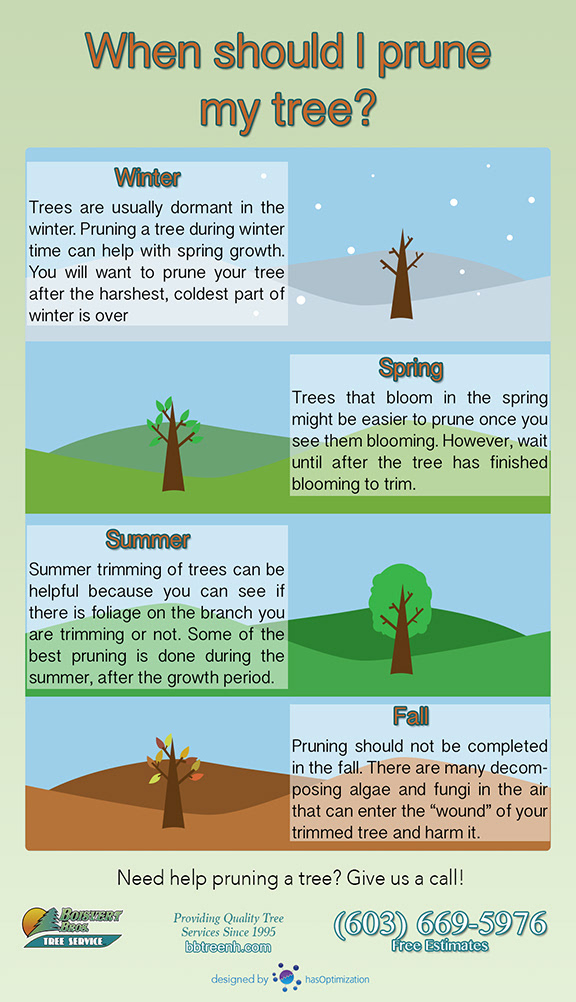Post-Tree Removal Treatment: Reliable Methods For Landscape Repair
Post-Tree Removal Treatment: Reliable Methods For Landscape Repair
Blog Article
Content By-Franks Chambers
After a tree's removal, your landscape may look quite various, and it's important to examine the aftermath carefully. You'll want to review the dirt disruption and examine bordering plants for any type of indications of anxiety. Disregarding these aspects can lead to bigger problems down the line. So, what should you do with those stumps and roots? And how do you choose the best plants for your revitalized space? Allow's explore these important steps.
Analyzing the After-effects: Evaluating Your Landscape
After a tree elimination, it's crucial to evaluate your landscape to understand the influence it carries your backyard.
Begin by checking out the location where the tree stood. https://learn.g2.com/free-landscape-design-software for signs of dirt disturbance, and inspect the bordering plants for any kind of tension or damage.
You ought to additionally make note of just how the elimination has actually transformed sunshine exposure and air flow in your garden. This change can influence the development of nearby plants, so it's necessary to review their health and wellness.
Take into consideration the visual facets too; the removal might produce an open space that you can redesign.
Ultimately, think about any type of prospective erosion concerns that may develop from the tree's lack. Addressing these variables early will help bring back equilibrium to your landscape.
Managing Stumps and Origins: Options for Removal
When you've assessed the results of the tree elimination, you'll likely need to take on the stump and origins left.
You have a couple of choices for elimination. One reliable approach is stump grinding, where an expert uses a device to grind the stump to underground degree. This method leaves marginal disruption to your landscape.
If you prefer a do it yourself technique, you can utilize a combination of excavating and chemical stump cleaners. Simply keep in mind, this process can take some time and initiative.
Conversely, take into consideration leaving the stump as an all-natural attribute, which can act as a distinct yard component or environment for wild animals.
Whatever you choose, resolving the stump and roots is essential for restoring your landscape.
Choosing the Right Plant Kingdoms for Your New Space
As you assess your newly gotten rid of room, choosing the right plants can significantly boost your landscape's beauty and performance.
Beginning by considering the sunlight and soil conditions. For How To Prune An Apple Tree , choose drought-resistant plants like lavender or succulents. In shaded places, brushes and hostas flourish well.
Consider the size and development behaviors of your plants; mix perennials and annuals for seasonal selection. Don't neglect to integrate indigenous varieties; they need much less upkeep and support neighborhood wildlife.
Group plants in weird numbers for a much more natural appearance and create layers for visual depth.
Ultimately, guarantee you have a mix of shades and appearances to keep your landscape dynamic throughout the periods.
Delighted growing!
Verdict
Finally, restoring your landscape after tree removal is a satisfying process. By assessing the aftermath, dealing with stumps and roots, and picking the right plants, you'll create a successful environment. Do not forget to include erosion control actions to shield your soil. With a little initiative and care, you can change your space into a dynamic yard that enhances your building. Embrace the opportunity to invigorate your landscape and appreciate the appeal of nature right in your backyard!
